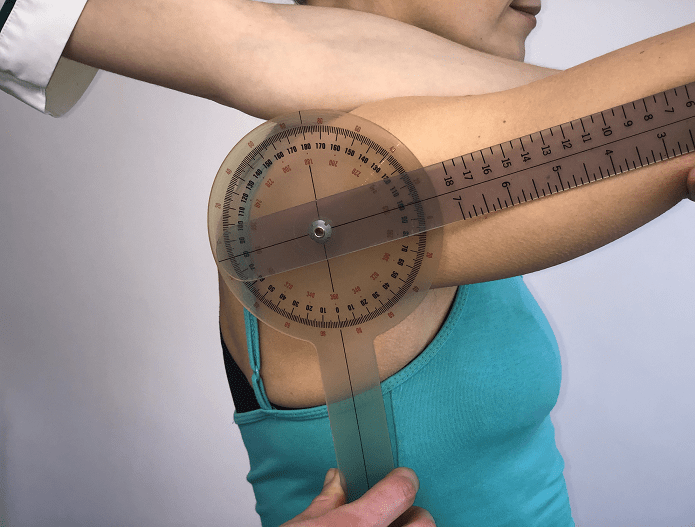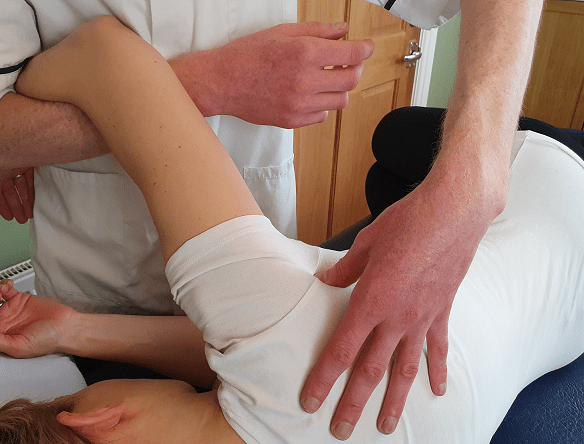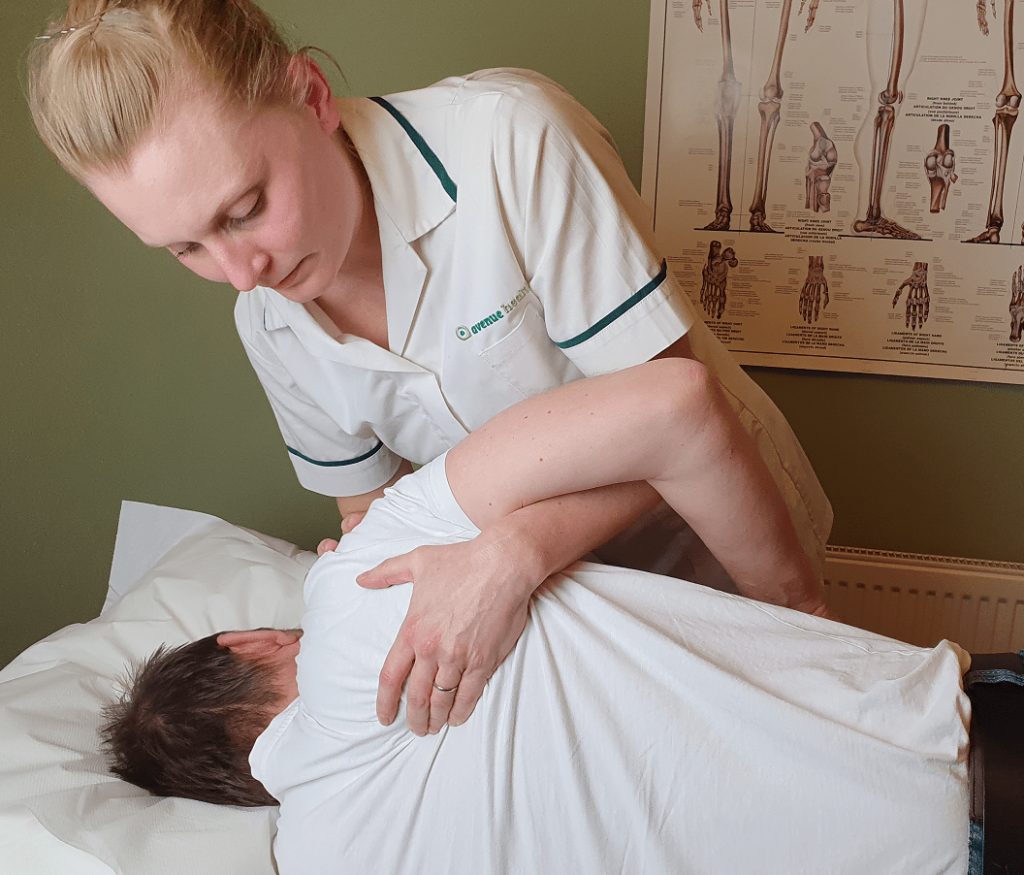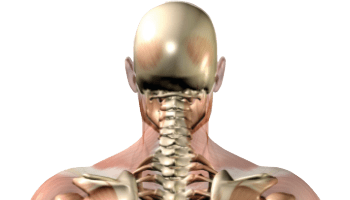Contents
We can treat your Frozen Shoulder



Get a 30-minute new patient assessment, diagnosis & treatment plan for just £35
We specialise in treating Frozen Shoulder and can help reduce the period of time you suffer with one.
Can We Treat Your Frozen Shoulder (Adhesive Capsulitis)?
What Are the Symptoms?
The typical symptoms are pain, stiffness, and a reduction in the range of movement of the shoulder. This may interfere with everyday tasks such as driving, dressing, or sleeping. A Frozen Shoulder goes through 3 distinct phases, and the symptoms vary, depending on which stage you are in.
Phase One – Freezing and Painful Phase
This, if untreated, typically lasts 2-9 months. The first symptom is usually pain. Stiffness and limitation of movement then also gradually build up. The pain is typically worse at night, and when lying on the affected side and can be a sharp catching pain on sudden movement or external rotation (reaching to the back seat of a car, changing gear or brushing your hair). Another sign is not being able to reach behind your back to get to your bra strap or touch your spine in your mid-back around your rib area.
Phase Two – Frozen Stiff Phase
This, if untreated, typically lasts 4-12 months. The pain gradually eases but stiffness and limitation of movement remain and can get worse. All movements of the shoulder are affected but the movement most severely affected is usually the rotation of the arm outwards. The muscles around the shoulder may waste slightly as they are not being used. You will find it is hard to move your arm laterally and upwards – you may not be able to get your arm much past shoulder level.
Phase Three – Thawing and Recovery Phase
This, if untreated, typically lasts 5-24 months. The stiffness gradually goes, and movement gradually returns to normal, or near normal.
What Causes Frozen Shoulder?
Frozen shoulder may occur following a shoulder injury, but in most cases, onset is gradual and cannot be attributed to any one event. In response to the pain in the shoulder, the subconscious part of the brain causes the muscles that control the movement of the shoulder to contract in a different order. They start working against one another and thereby restrict the movement of the joint in an attempt to protect it. This causes the freezing effect.

